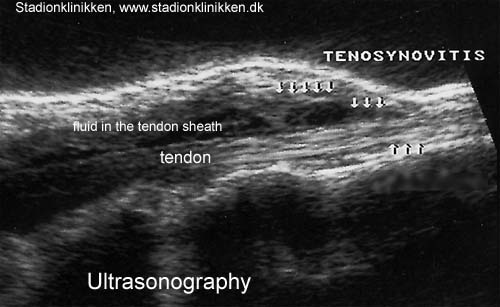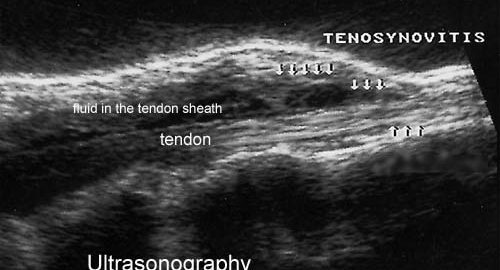|
Incidence and causes of tenosynovitis of the wrist extensors in long distance paddle canoeists.
du Toit P, Sole G, Bowerbank P, Noakes TD. Br J Sports Med 1999 Apr;33(2):105-9.
OBJECTIVES.
To investigate the incidence and causes of acute tenosynovitis of the forearm of long distance canoeists.
METHOD.
A systematic sample of canoeists competing in four canoe marathons were interviewed. The interview included questions about the presence and severity of pain in the forearm and average training distances. Features of the paddles and canoes were determined.
RESULTS.
An average of 23% of the competitors in each race developed this condition. The incidence was significantly higher in the dominant than the nondominant hand but was unrelated to the type of canoe and the angle of the paddle blades. Canoeists who covered more than 100 km a week for eight weeks preceding the race had a significantly lower incidence of tenosynovitis than those who trained less. Environmental conditions during racing, including fast flowing water, high winds, and choppy waters, and the paddling techniques, especially hyperextension of the wrist during the pushing phase of the stroke, were both related to the incidence of tenosynovitis.
CONCLUSION.
Tenosynovitis is a common injury in long distance canoeists. The study suggests that development of tenosynovitis is not related to the equipment used, but is probably caused by difficult paddling conditions, in particular uneven surface conditions, which may cause an altered paddling style. However, a number of factors can affect canoeing style. Level of fitness and the ability to balance even a less stable canoe, thereby maintaining optimum paddling style without repeated eccentric loading of the forearm tendons to limit hyperextension of the wrist, would seem to be important
|




